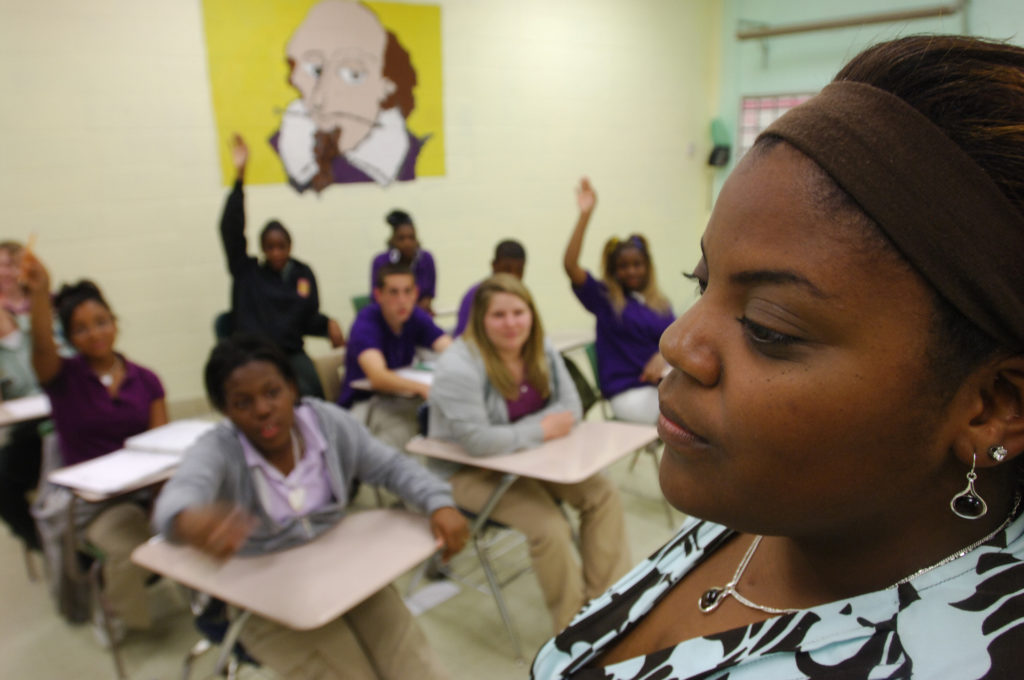When you stop worrying about how students perceive you, you start making real progress with them.
I once had a mentor say to me, “don’t show a smile to your class until December.” They were convinced that being “too nice, too early” would lead to middle school students pushing the boundaries and taking advantage.
I tried this method my first year teaching middle school—and absolutely regretted it. I felt disconnected from my students. All I wanted was for them to be able to open up to me, but the tough exterior I built made them closed off.
After that year, I took a different approach. I didn’t worry about being “too nice” or “too mean.” I was just myself. The first day of the following year, I allowed myself to laugh and joke with my students. This created an environment in which students—even those who had struggled with school in the past—could feel comfortable and welcome.
Once I stopped worrying about how they perceived me, students soon began to confide in me. That’s when I decided that it’s ok to do things differently: my way. Below are some of the things I do that new educators may be nervous to do, but give them a shot and work for you too!
I’m not afraid to get loud.
And I make that very clear to my students from day one. My students all know from the beginning that I’m loud, and that I’m always yelling. I yell when I’m happy. I yell when I’m trying to get them excited about something. But I also tell them that if you’re in trouble, that’s when I’m whispering.
I use my seating chart as a behavior incentive.
Some teachers prefer not to have one because it gives students freedom. For the beginning of the year, however, my class has a bit more structure and discipline. I tell my students that if they don’t like where they sit, they can pick their seats after a week of good behavior. If the class needs to be disciplined, the seating chart comes back.
I don’t give homework.
This is sometimes a tricky one for other teachers to adopt, but I typically don’t give homework to my students. When students don’t understand something at home, they can’t ask for help so they are forced to struggle through it. I find it much more valuable to work through things in the classroom, especially with those who struggle in certain subjects.
If a student wants homework for a long break or for extra practice, however, I always provide a packet that can be completed for extra credit points. I don’t ever expect them to take it out unless they choose to, and that system works for them so it works for me.
When you take the time to do what’s right for your students, rather than what you think will make them respect you, better relationships are built. By being genuine and looking out for their best interests, students will be able to see how much you care.










